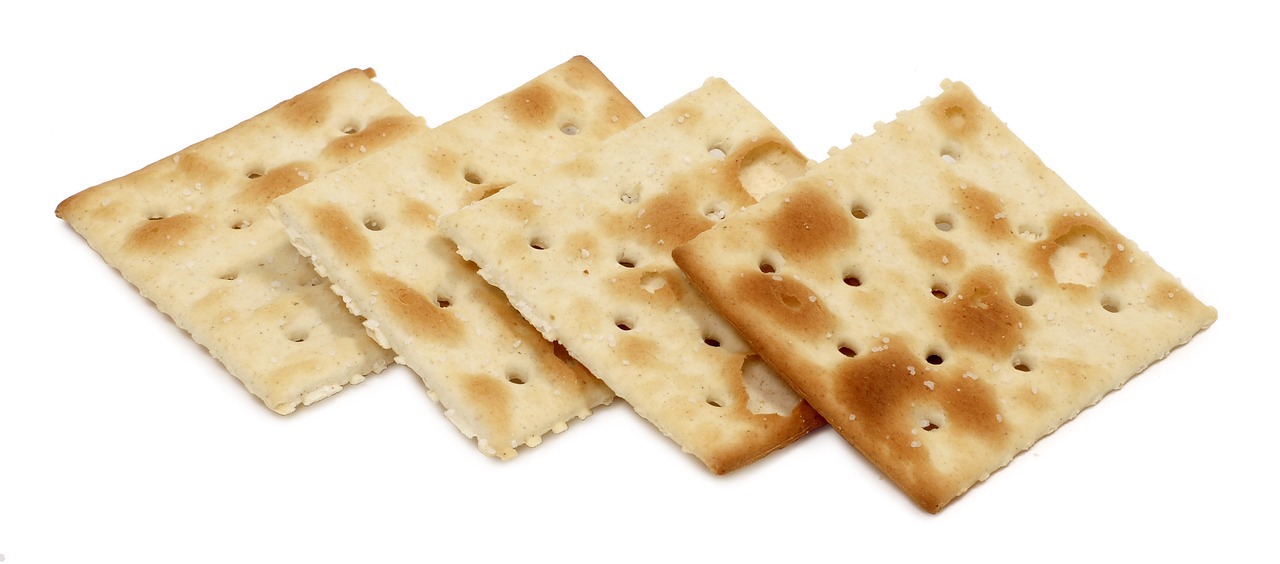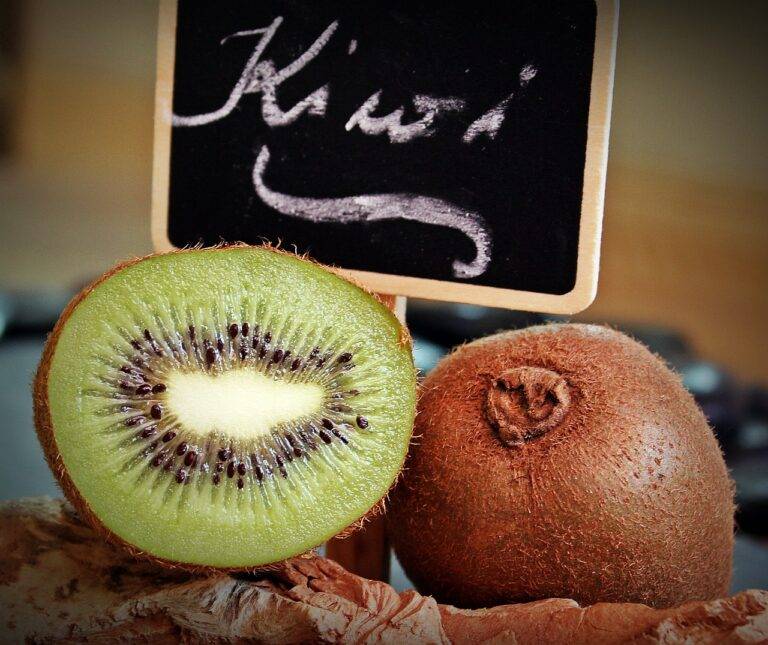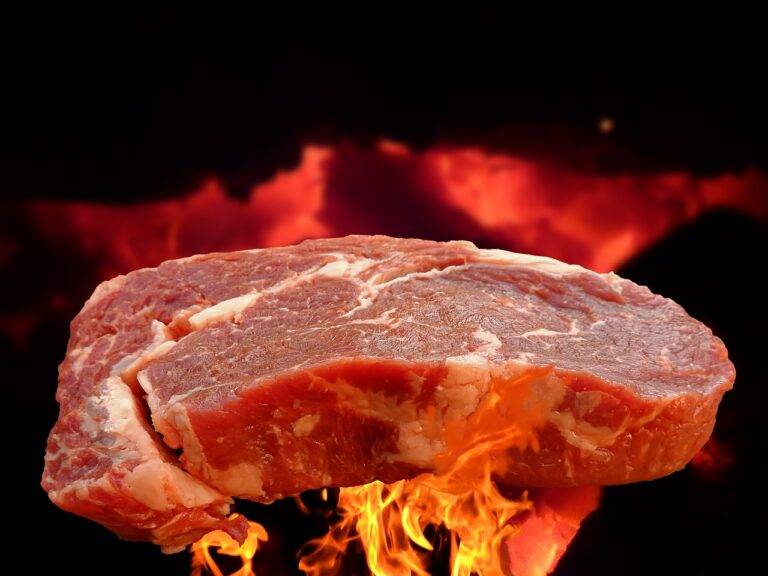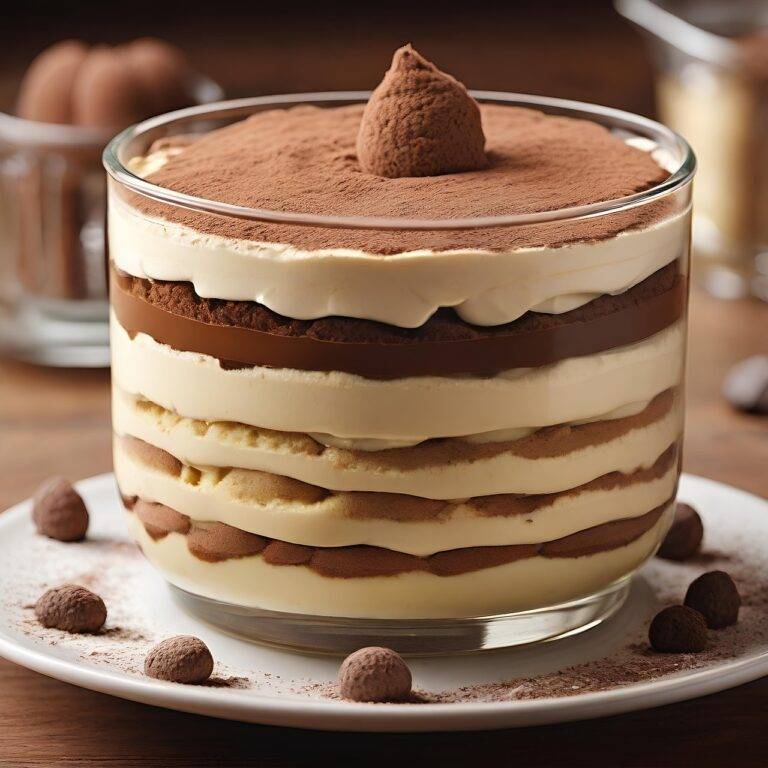The Influence of Food Packaging Design on Consumer Perception
Food packaging design plays a crucial role in shaping consumer perception and influencing purchasing decisions. The visual aspects of packaging, such as colors, images, and typography, can evoke certain emotions and associations in consumers’ minds. For example, vibrant colors like red and yellow are often associated with energy and excitement, while pastel colors may convey a sense of calmness and purity.
Typography and font choice also play a significant role in how consumers perceive a product. Fonts that are clean and modern may convey a sense of sophistication and trustworthiness, while handwritten fonts can evoke a feeling of warmth and personal connection. Additionally, the overall design and layout of the packaging can communicate the brand’s identity and values, helping consumers make a quick assessment of the product and decide if it aligns with their preferences and needs.
Color Psychology in Food Packaging and Its Impact on Consumer Perception
The colors used in food packaging play a crucial role in shaping consumer perceptions. Consumers often form quick judgments about the product based on the color scheme of the packaging. For instance, vibrant colors like red and orange may convey energy and excitement, while pastel shades might evoke notions of calmness and purity. It is essential for brands to understand the psychological impact of different colors and strategically select hues that align with their brand image and target audience.
Moreover, colors can influence not only the initial perception of the product but also impact purchasing decisions. Research indicates that color can subconsciously sway consumer behavior, with certain colors triggering specific emotions or associations. Harnessing the power of color psychology in food packaging design can enable brands to create a visual identity that resonates with consumers, conveys the product’s attributes, and ultimately enhances its appeal on the supermarket shelves.
How does color psychology play a role in food packaging design?
Color psychology in food packaging design involves using specific colors to evoke certain emotions and perceptions in consumers. For example, warm colors like red and orange can stimulate appetite, while green is often associated with health and freshness.
What are some key factors that influence consumer perception through food packaging design?
Some key factors include color choice, typography, imagery, and overall design aesthetics. These elements can influence how consumers perceive the product, its quality, and even its taste.
Can the color of a food packaging design impact a consumer’s purchasing decision?
Yes, studies have shown that the color of a food packaging design can impact a consumer’s purchasing decision. Certain colors can create a sense of trust, excitement, or even urgency, which can influence whether a consumer chooses to buy the product.
How can food companies use color psychology to their advantage in packaging design?
Food companies can use color psychology to their advantage by understanding the emotions and perceptions associated with different colors. By strategically incorporating these colors into their packaging design, they can influence consumer behavior and drive sales.
Are there any specific colors that are commonly used in food packaging design?
Yes, certain colors are commonly used in food packaging design for their associations with food and appetite. For example, red is often used to stimulate appetite, while green is associated with health and freshness. Blue is often used to convey trust and reliability.





